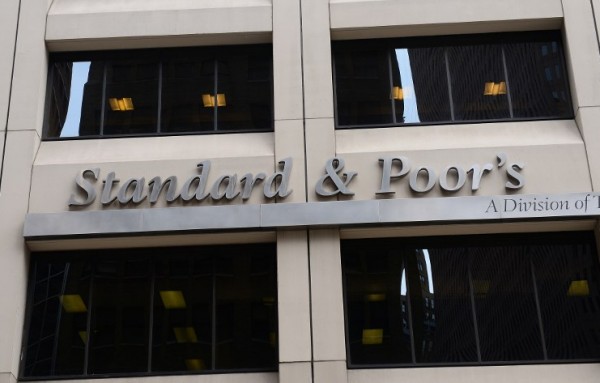Ratings agency Standard and Poor’s has kept the country’s credit rating at junk status. It says South Africa continues to face economic growth challenges. But, it acknowledges government’s efforts to foster economic and social reform.
S&P held its credit rating on rand-denominated government bonds at one tier junk status, BB+ and foreign-currency denominated bonds at two-tier junk status, BB. It says since the ANC’s national conference and the appointment of Cyril Ramaphosa as president, business confidence’s strengthened.
The decision not to downgrade South Africa further speaks to significant progress made.
“The fact that S&P left our credit rating unchanged and most importantly left the outlook unchanged means they are satisfied that things have not deteriorated since they last downgraded us 6 months ago. That is to be expected because since Cyril [Ramaphosa] has been elected as president, there has been a wave of optimism for SA, and we may get out of the mess that it got into when under [Jacob] Zuma administration,” said economist, Azar Jammine.
Projected growth for the economy from the rating agency for 2018 to 2021 is at 2 percent.
But, can South Africa reach 2 percent growth?
Jammine said: “2 percent growth for 2018 is a bit optimistic. But what they’ve suggested is 2% going forward for 202, I think that’s feasible. Especially the found optimism put in place by Ramaphosa, and the structures he has put in place to reach this. But of course, 2 percent is not enough to solve our huge unemployment problem. At 2 percent growth, all you doing is compensating for the living population. Living standards remain stagnant.”
READ: The dawn of Ramaphosa’s 100 days
S&P’s highlighted the continued burden on the fiscus and rising government debt as a concern.
“Unfortunately I don’t see a major drop in our debt levels. In other words a major reduction in our debt to GDP. If you look at the parameters incorporated into the February Budget which included a more optimistic view of economic growth going forward, the public debt to GDP ratio remains at elevated levels for the next 5 years and it’s only in about 10 years’ time that it starts coming down,” added Jammine.
The ratings agency’s also highlighted a pickup in disposable income, while inflation is a lot lower, resulting in higher household consumption.
eNCA






 WhatsApp us
WhatsApp us 

